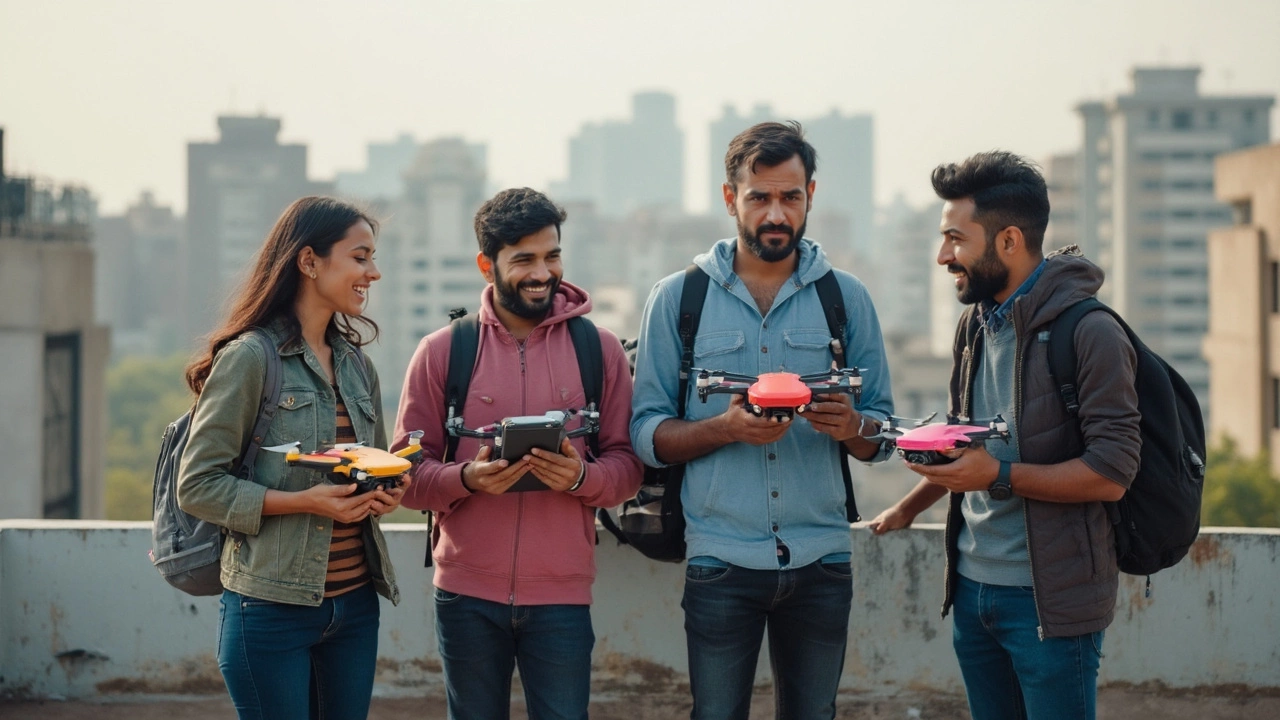DJI Drones India: What Every Flyer Must Know
If you own a DJI drone and are planning to use it in India, there are a few things you should sort out before you take off. The country has clear rules about who can fly, where you can fly, and what paperwork you need. Getting those basics right saves you time, money, and a lot of hassle at the airport.
Do You Need a Drone Licence?
In India, anyone operating a drone that weighs more than 250 grams must have a licence from the Directorate General of Civil Aviation (DGCA). The process is simple: register on the DigiDrone portal, upload a copy of your ID, and pay the fee. Once approved, you’ll receive a Unique Identification Number (UIN) that you must keep on your phone while flying. If your DJI model is under 250 g, you can fly without a licence, but you still need to follow basic safety rules.
Bringing Your DJI Drone Across the Border
Traveling with a DJI drone is mostly about paperwork. When you land in India, declare the drone at customs if its value exceeds the duty‑free limit. Have your purchase receipt, the drone’s specifications sheet, and your DGCA UIN ready. Many travellers pack the drone in a hard‑case to avoid damage and to make the inspection smoother. If you’re only visiting for a short shoot, a temporary import permit works fine; for longer stays, consider applying for a permanent import clearance.
Now that the legal side is covered, think about where you can actually fly. India’s major cities have designated no‑fly zones around airports, government buildings, and crowded areas. Use DJI’s built‑in geofencing map or a free app like Litchi to check the airspace before you launch. Parks, beaches, and heritage sites often allow drone use, but you still need to keep the drone below 120 m and stay within line‑of‑sight.
One common mistake is flying without a visual observer. The DGCA recommends having another person watch the drone while you control it. This not only meets the rule but also helps avoid accidents. If you’re planning a professional shoot, get a written permission from the local municipal authority – a simple email often suffices.
For those interested in drone shows, India has started issuing special event permits. You’ll need to submit a detailed flight plan, safety measures, and a list of the drones you’ll use. The DGCA reviews the application and, if everything checks out, grants a temporary clearance. Make sure the show area is away from airports and that you have a qualified safety officer on site.
Battery safety is another practical tip. Indian temperatures can climb quickly, so store your Li‑Po batteries in a cool place and never charge them in direct sunlight. Follow DJI’s recommended charging cycles, and always carry a fire‑proof bag when you travel with spare batteries.
Finally, respect privacy. Avoid filming people without permission, especially in residential neighborhoods or religious sites. A quick “May I take a quick shot?” can go a long way and keeps you out of trouble.
With the licence, customs paperwork, and flight rules sorted, you’re ready to capture stunning aerial footage across India. Whether you’re snapping the Taj Mahal’s sunrise or documenting a wedding in Goa, following these steps ensures a smooth, legal, and enjoyable flight every time.
